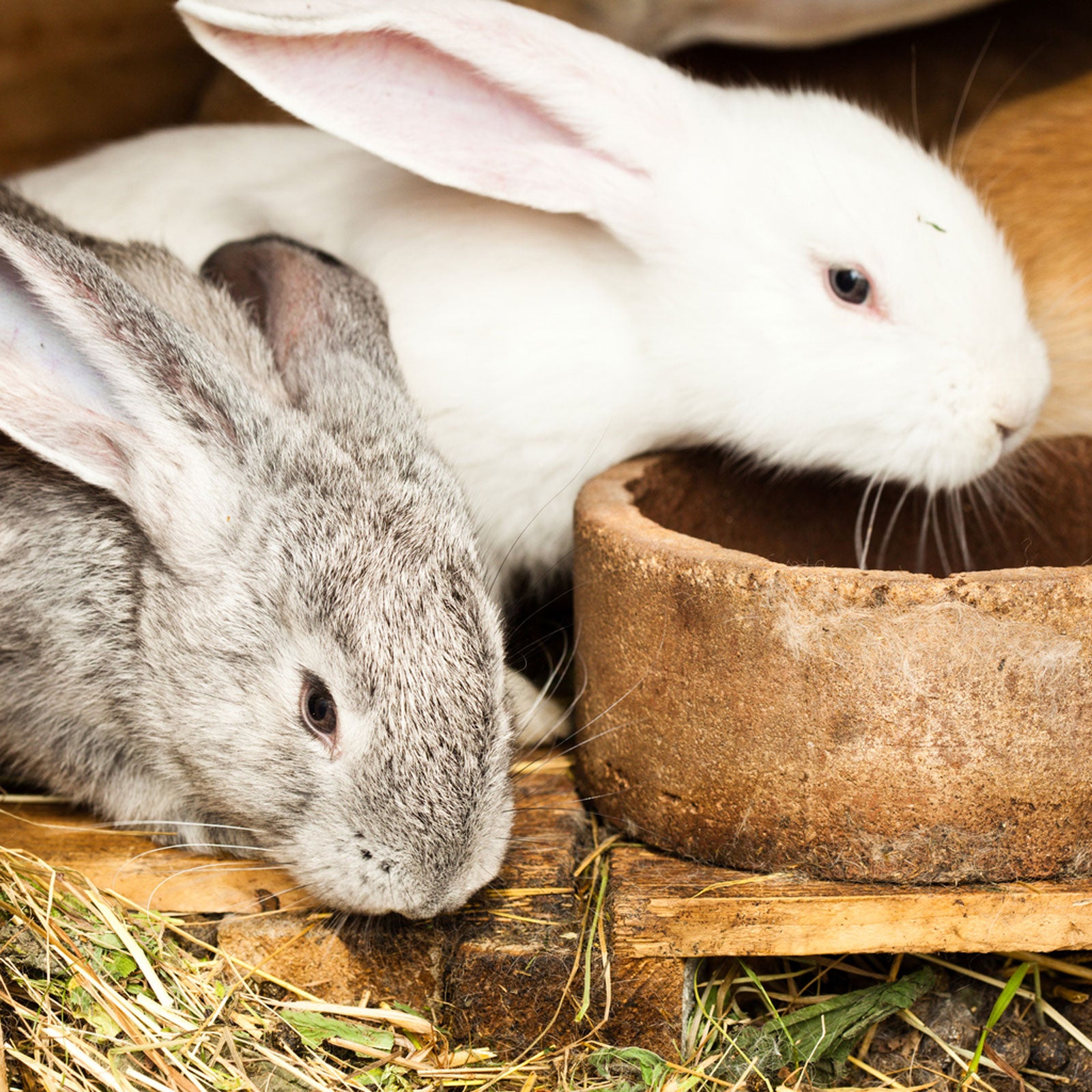Making And Using Rabbit Manure Compost


If you're looking for a good organic fertilizer for the garden, then you might want to consider using rabbit manure. Garden plants respond well to this type of fertilizer, especially when it's been composted.
Rabbit Manure Fertilizer
Rabbit dung is dry, odorless, and in pellet form, making it suitable for direct use in the garden. Since rabbit dung breaks down quickly, there is usually little threat of burning the roots of plants. Rabbit manure fertilizer is rich in nitrogen and phosphorus, nutrients that plants need for healthy growth. Rabbit manure can be found in prepackaged bags or obtained from rabbit farmers. Although it can be spread directly onto garden beds, many people prefer to compost rabbit manure prior to use.
Rabbit Manure Compost
For additional growing power, add some rabbit dung to the compost pile. Composting rabbit manure is an easy process and the end result will be the ideal fertilizer for garden plants and crops. Simply add your rabbit manure to the compost bin or pile and then add in equal amounts of straw and wood shavings. You can also mix in some grass clippings, leaves, and kitchen scraps (peelings, lettuce, coffee grounds, etc.). Mix the pile thoroughly with a pitchfork, then take a hose and moisten but do not saturate the compost pile. Cover the pile with a tarp and keep it turned every two weeks or so, watering afterwards and covering again to maintain heat and humidity levels. Continue adding to the pile, turning the compost and watering until the pile is fully composted. This may take anywhere from a few months to a year, depending on the size of your compost pile and any other influencing factors like heat. You can add in some earthworms or entice them with coffee grounds to help speed up the decomposition process. Using rabbit manure compost in the garden is a great way to give plants the boost of nutrients they need for strong growth. With composted rabbit manure fertilizer, there's no threat of burning plants. It's safe to use on any plant, and it's easy to apply.
Sign up for the Gardening Know How newsletter today and receive a free copy of our e-book "How to Grow Delicious Tomatoes".

Nikki Tilley has been gardening for nearly three decades. The former Senior Editor and Archivist of Gardening Know How, Nikki has also authored six gardening books.